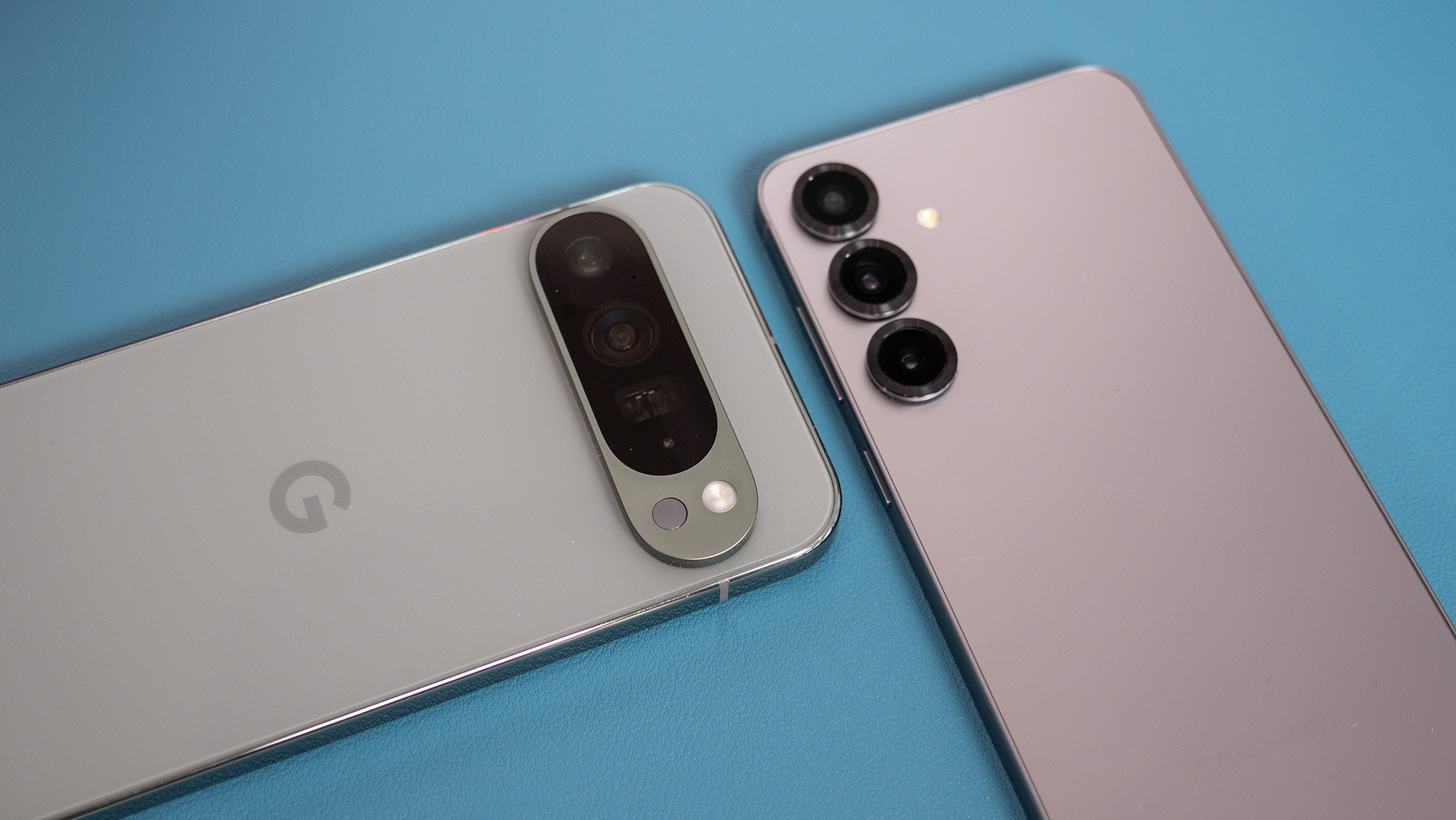
Key Takeaways
- Periscope lenses allow for greater optical zoom in smartphone cameras without needing large protruding lenses, improving image quality while zooming.
- Periscope lenses work by redirecting light through the lenses at a 90-degree angle using prisms or mirrors, allowing for larger zoom capabilities from smaller lenses.
- The iPhone 15 Pro Max is the only model in the iPhone 15 lineup to feature Apple’s modified periscope lens technology, offering a 5x telephoto camera and a maximum digital zoom of 25X.
The smartphone world moves fast. New advancements occur with every generation, and cameras are no exception. One of the most exciting improvements to smartphone cameras is their ability to zoom in further without clarity loss. That’s largely thanks to periscope lenses, which allow more optical zoom from small cameras than we ever thought possible. What are these periscope lenses, how do they work, and what do they mean for the newly announced iPhone 15 Pro Max? Specifically, how is Apple’s tetraprism lens different from a regular periscope lens? Let’s dig in and find out.
What is a periscope lens?
A periscope lens (aka folded lens) is a form of technology that allows further optical zooms than was previously possible without huge protruding lenses. In DLSR and other dedicated cameras, physically larger lenses are typically required to zoom in further and change the focal length. You’ve undoubtedly seen professional photographers with lenses sticking out a foot or more from their cameras. These types of lenses offer massive zoom capabilities with no loss in image quality.
While a periscope lens can’t replace physically large lenses for zooming in 20, 30, or even 50X, they can enable zooms in the range of 10X, which is a massive improvement over the 2X zooms we saw in smartphone cameras just a few years ago. As time passes, we may see further zooms, but at some point, the technology can only go so far before a lens needs to stick out of the phone further.
How does a periscope lens work?
A periscope lens enables further zooms; that’s an easy concept to wrap your head around. What’s complicated is how these lenses can create distortion-free optical zoom without a lens sticking out of the phone. Basically, it works like an actual periscope in that a prism or mirror redirects light through the lenses with a 90° angle to the optical axis. In the case of phones, the lens is turned by 90° and aligned along the length or the width of the smartphone rather than its depth. Because of the angle, you get a greater focal length than the optical device’s physical length. This allows for larger optical zooms from smaller lenses.
Oppo
The quickest explanation is that the lens is rotated to sit perpendicular to the usual sensors, which changes the light’s path and gives the lens a greater focal length than would otherwise be possible. Longer focal length allows for larger zooms with only moderate lens size increases.
What do periscope lenses mean for the iPhone 15?
The top-end iPhone 15 Pro Max features a modified form of periscope lens technology. It’s a bit different from traditional periscope lenses, though. Instead of using magnets and multiple layers of lenses, the iPhone 15 Pro Max lens is smaller because it uses a prism to bounce light five times before it hits the sensor (hence tetraprism), which is a different way of creating a longer focal length.
The result of all this is a 5x telephoto camera, which is a considerable jump from the 3X zoom found on the previous iPhone 14 Pro Max model.
This is far from the furthest zoom we’ve seen using the thin periscope lens technology. Samsung offers 10X optical zoom with its Galaxy S23 Ultra, and Huawei provides the same on its P40 Pro+.
The results that periscope lenses can achieve are also remarkably different and immediately evident. Using the telephoto lens on a camera often leads to lower detail, softer images, and washed-out colors – especially when you start using digital zoom (that’s where the sensor is cropped to give you an image from a smaller part of the sensor so it looks closer).
If you’re zooming from a 2X optical lens, then that’s the focal length you’re starting from with digital zoom – by the time you get to 10X zoom, you’ve already cropped right into the sensor – by a factor of five. But if your baseline is a 5X optical lens, then 10X is only a factor of two. It just means you’ll preserve more data, be able to use more of the sensor when capturing the image, and you’ll get a clearer photo. Adding the tetraprism periscope lens actually enables the iPhone 15 Pro Max to zoom as far as 25X digitally, which is a big jump over the iPhone 15 Pro’s 15X.

Apple iPhone 15 Pro Max
Apple’s iPhone 15 Pro Max is the only one with the periscope lens technology, so if you want the extra zoom, you’ll need to get Apple’s top-of-the-line model. It’s well worth it because that 5X zoom is fantastic.
When did periscope lenses first appear on phones?
While Apple certainly touted its longer optical zoom as revolutionary, and using a tetraprism is a departure from traditional periscope lenses, the company will be far from the first to offer periscope lenses. In fact, the Sharp 902 from 2004 is usually credited as the first, though it only offered 2X zoom with the technology. The Huawei P30 Pro came along in 2019 with 5X zoom, with other phones building and expanding all the way to 10X zoom on some modern Android phones like the Huawei P40 Pro+. There are also phones like the Sony Xperia 1 IV that mix traditional optical zoom and periscope technology.
We’ve been testing and reviewing periscope zoom models, and we even ran a comparison on some of the groundbreaking phones that started this trend. We also compared the difference between Samsung’s S21 Ultra and regular S21 cameras and suspect this is the sort of difference that will separate the iPhone 15 Pro and the iPhone 15 Ultra.
link











